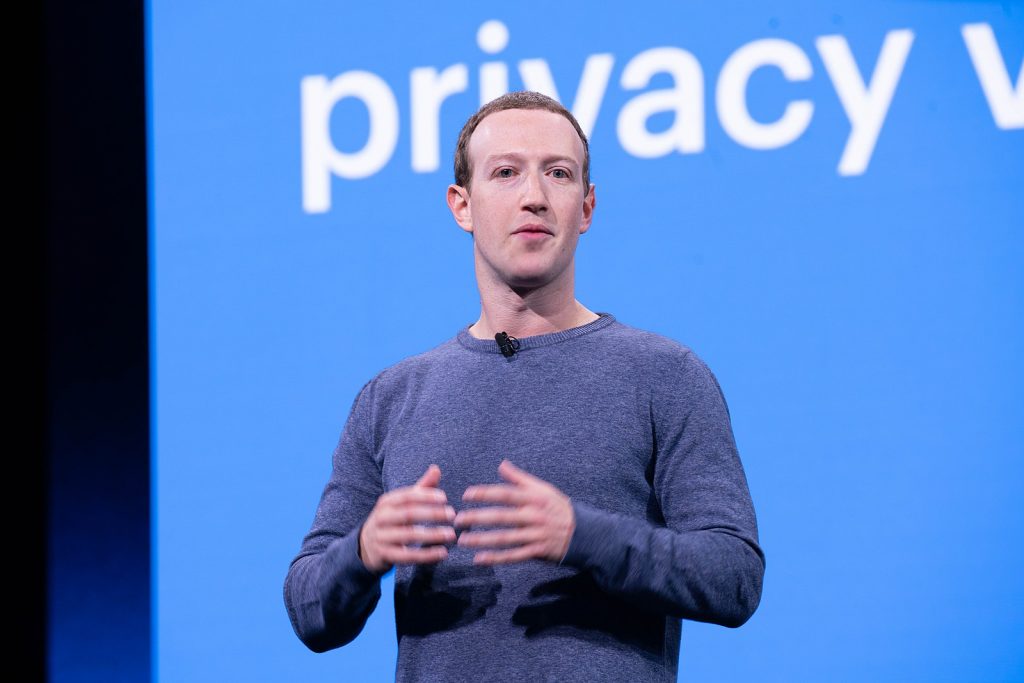
GUEST POST from Greg Satell
There is a line of thinking that says that the world is built on ideas. It was an idea that launched the American Revolution and created a nation. It was an idea that led Albert Einstein to pursue relativity, Linus Pauling to invent a vaccine and for Steve Jobs to create the iPhone and build the most valuable company in the world.
It is because of the power of ideas that we hold them so dear. We want to protect those we believe are valuable and sometimes become jealous when others think them up first. There’s nothing so rapturous as the moment of epiphany in which an idea forms in our mind and begins to take shape.
Clearly, ideas are important, but not as many believe. America is what it is today, for better or worse, not just because of the principles of its founding, but because of the actions that came after it. We revere people like Einstein, Pauling and Jobs not because of their ideas, but what they did with them. The truth is that although possibilities are infinite, ideas are limited.
The Winklevoss Affair
The muddled story of Facebook’s origin is now well known. Mark Zuckerberg met with the Winklevoss twins and another Harvard classmate to discuss building a social network together. Zuckerberg agreed, but then sandbagged his partners while he built and launched a competing site. He would later pay out a multimillion dollar settlement for his misdeeds.
Zuckerberg and the Winklevoss twins were paired in the news together again recently when Facebook announced that it’s developing a new cryptocurrency called Libra. As it happens, the Winklevoss twins have been high profile investors in Bitcoin for a while now. The irony was too delicious for many in the media to ignore. First he stole their idea for Facebook and now he’s doing the same with cryptocurrencies!
Of course this is ridiculous. Social networks like Friendster and Myspace existed before Facebook and many others came after. Most failed. In much the same way, many people today have ideas about starting cryptocurrency businesses. Most of them will fail too. The value of an initial idea is highly questionable.
Different people have similar ideas all the time. In fact, in a landmark study published in 1922 identified 148 major inventions or discoveries that at least two different people, working independently, arrived at the same time. So the fact that both the Winklevoss twins and Zuckerberg wanted to launch a social network was meaningless.
The truth is that Zuckerberg didn’t have to pay the Winklevoss twins because he stole their idea, but because he used their trust to actively undermine their business to benefit his. His crime wasn’t creation, but destruction.
The Semmelweis Myth
In 1847, a young doctor named Ignaz Semmelweis had a major breakthrough. Working in a maternity ward, he discovered that a regime of hand washing could dramatically lower the incidence of childbed fever. Unfortunately, the medical establishment rejected his idea and the germ theory of disease didn’t take hold until decades later.
The phenomenon is now known as the Semmelweis effect, the tendency for people to reject new knowledge that contradicts established beliefs. We tend to think that a great idea will be immediately obvious to everyone, but the opposite usually happens. Ideas that have the power to change the world always arrive out of context for the simple reason that the world hasn’t changed yet.
However, the Semmelweis effect is misleading. As Sherwin Nuland explains in The Doctor’s Plague, there’s more to the story than resistance to a new idea. Semmelweis didn’t see the value in communicating his work effectively, formatting his publications clearly or even collecting data in a manner that would gain his ideas greater acceptance.
Here again, we see the limits of ideas. Like a newborn infant, they can’t survive alone. They need to be nurtured to grow. They need to make friends, interact with other ideas and mature. The tragedy of Semmelweis is not that the medical establishment did not immediately accept his idea, but that he failed to steward it in such a way that it could spread and make an impact.
Why Blockbuster Video Really Failed
One of the most popular business myths today is that of Blockbuster Video. As the story is usually told, the industry giant failed to recognize the disruptive threat that Netflix represented. The truth is that the company’s leadership not only recognized the problem, but developed a smart strategy and executed it well.
The failure, in fact, had less to do with strategy and tactics than it did with managing stakeholder networks. Blockbuster moved quickly to launch an online business, cut late fees and innovated its business model. However, resistance from franchisees, who were concerned that the changes would kill their business, and from investors and analysts, who balked at the cost of the initiatives, sent the stock price reeling.
From there things spiraled downward. The low stock price attracted the corporate raider Carl Icahn, who got control of the board. His overbearing style led to a compensation dispute with Blockbuster’s CEO, John Antioco. Frustrated, Antioco negotiated his exit and left the company in July of 2007.
His successor, Jim Keyes, was determined to reverse Antioco’s strategy, cut investment in the subscription model, reinstated late fees and shifted focus back to the retail stores in a failed attempt to “leapfrog” the online subscription model. Three years later, in 2010, Blockbuster filed for bankruptcy.
The Fundamental Fallacy Of Ideas
One of the things that amazed me while I was researching my book Cascades was how often movements behind powerful ideas failed. The ones that succeeded weren’t those with different ideas or those of higher quality, but those that were able to align small groups, loosely connected, but united by a shared purpose.
The stories of the Winklevoss twins, Ignaz Semmelweis and Blockbuster Video are all different versions of the same fundamental fallacy, that ideas, if they are powerful enough, can stand on their own. Clearly, that’s not the case. Ideas need to be adopted and then combined with other ideas to make an impact on the world.
The truth is that ideas need ecosystems to support them and that doesn’t happen overnight. To make an idea viable in the real world it needs to continually connect outward, gaining adherents and widening its original context. That takes more than an initial epiphany. It takes the will to make the idea subservient to its purpose.
What we have to learn to accept is that what makes an idea powerful is its ability to solve problems. The ideas embedded in the American Constitution were not new at the time of the country’s founding, but gained power by their application in the real world. In much the same way, we revere Einstein’s relativity, Pauling’s vaccine and Jobs iPhone because of their impact on the world.
As G.H. Hardy once put it, “For any serious purpose, intelligence is a very minor gift.” The same can be said about ideas. They do not and cannot stand alone, but need the actions of people to bring them to life.
— Article courtesy of the Digital Tonto blog
— Image credit: Pexels
![]() Sign up here to join 17,000+ leaders getting Human-Centered Change & Innovation Weekly delivered to their inbox every week.
Sign up here to join 17,000+ leaders getting Human-Centered Change & Innovation Weekly delivered to their inbox every week.
